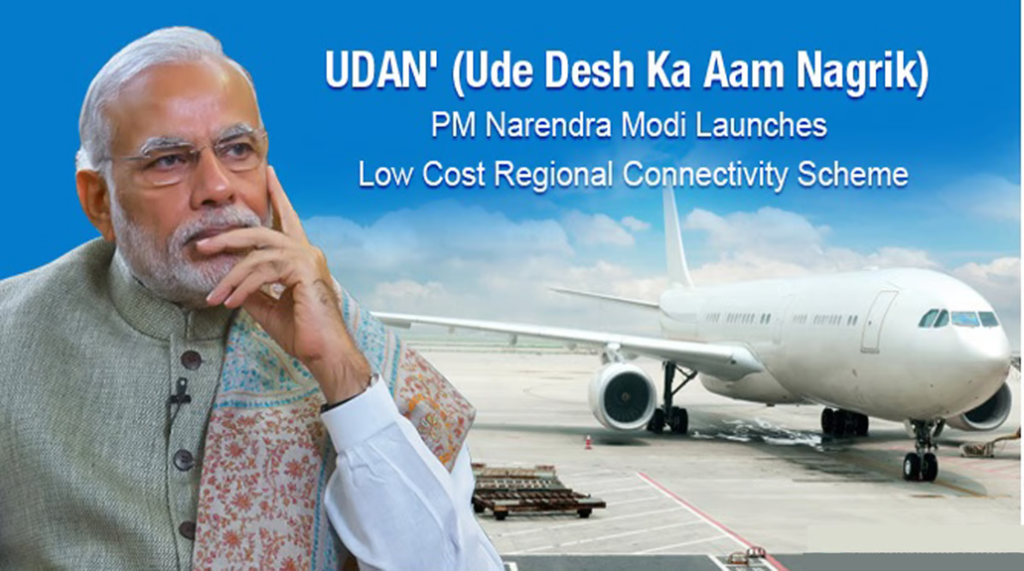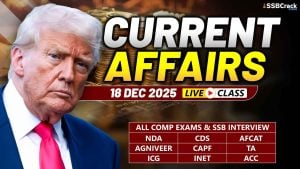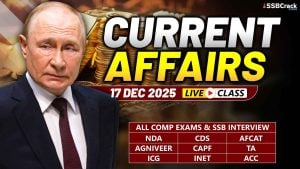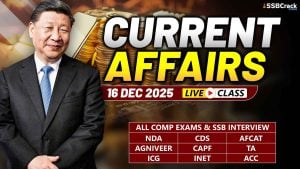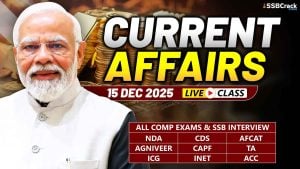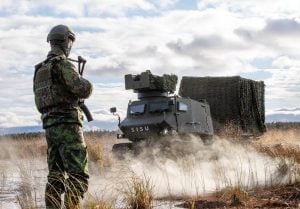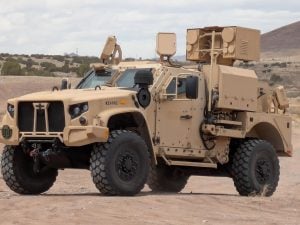The government will extend the regional air connectivity scheme UDAN for an additional 10 years, announced Civil Aviation Minister K Rammohan Naidu on Monday. This announcement was made in the national capital during the celebration of eight years of the UDAN scheme.
UDAN RCS Celebrates 08th Anniversary
Why In News
- The government will extend the regional air connectivity scheme UDAN for an additional 10 years, announced Civil Aviation Minister K Rammohan Naidu on Monday. This announcement was made in the national capital during the celebration of eight years of the UDAN scheme.
UDAN Scheme
- So far, the scheme has operationalized 601 routes and 71 airports, contributing significantly to the growth of regional airlines, job creation, and tourism. UDAN, which stands for Ude Desh ka Aam Nagrik, aims to improve regional air connectivity and make flying more affordable. It was initially launched on October 21, 2016, for a 10-year period.
- “A total of 86 aerodromes — comprising 71 airports, 13 heliports, and 2 water aerodromes — have been operationalised, facilitating the travel of over 1.44 crore passengers across more than 2.8 lakh flights.”
- Additionally, the number of operational airports in India has increased from 74 in 2014 to 157 in 2024. The goal is to expand this number to 350-400 by 2047.
- The first RCS-UDAN flight was inaugurated by Prime Minister Shri Narendra Modi on April 27, 2017, connecting Shimla to Delhi. The scheme focuses on improving unserved air routes in underserved regions of the country and fulfilling the aspirations of the common citizens.
- The RCS-UDAN is contributing to the growth of the civil aviation industry as many new and successful airlines have come up in the last seven years. The scheme has helped airline operators to start up and develop a sustainable business model.
- Additionally, it’s providing opportunities to small regional airlines Flybig, Star Air, IndiaOne Air and Fly91 to scale up their businesses and their successful run is evidence of the fact that the scheme is creating an amiable ecosystem conducive to airline business.
Phases Of UDAN Scheme
- Over the period of 7 years, various versions of UDAN Scheme were launched, as follows:
- UDAN 1.0: Five airlines companies were awarded 128 flight routes to 70 airports (including 36 newly made operational airports)
- UDAN 2.0: 73 underserved and unserved airports were announced and for the first time, helipads were also connected.
- UDAN 3.0: In coordination with the Ministry of Tourism, Tourism Routes were included. In addition to Seaplanes for connecting Water Aerodromes, several routes in the North-East Region came under the ambit of the scheme.
- UDAN 4.0: Gave impetus to North-Eastern Regions, Hilly States, and Islands. The operation of helicopters and seaplanes incorporated.
- UDAN Version 5 – 5.0, 5.1, 5.2, 5.3 &5.4
- UDAN 5.0 where the focus is on Category-2 (20-80 seats) and Category-3 (>80 seats) aircraft. Similarly, the cap of 600 km has been removed and there is no restriction on the distance between the origin and destination of the flight. This round prioritizes the routes that will connect the airports that are ready for operations or will be ready soon, which will lead to quicker operationalization of awarded routes.
- This was soon followed by UDAN 5.1, This round of RCS-UDAN is designed specifically for helicopter routes by increasing the scope of operations for helicopter operators, enhancing VGF and reducing Airfare Caps. The Scheme will now allow operations on routes provided that at least one origin or destination is in a priority area and at least one origin or destination is a heliport, thereby enhancing the potential range of connectivity.
- Later, bidding for UDAN 5.2 was launched to further enhance the connectivity to remote and regional areas of the country, achieve last-mile connectivity, and provide impetus to the tourism sector through small aircraft (<20 seats). The Scheme will provide greater operational flexibility to the small aircraft operators, by allowing them to operate a maximum of 40% of annually quoted RCS seats and a minimum of 10% of annually quoted RCS seats in any given quarter.
- In order to further enhance point-to-point air connectivity on such previously identified routes, bids under UDAN 5.3 and UDAN 5.4 were invited from all categories of airline operators. Consequently, UDAN 5.3 was launched in January 2024, while UDAN 5.4 is underway.
Conclusion
- The scheme has helped airline operators to start up and develop a sustainable business model.
- RCS-UDAN is not solely dedicated to offering last-mile connectivity to tier-2 and tier-3 cities; it also stands as a prominent contributor to the burgeoning tourism sector.
- The entire Northeast region’s tourism industry is experiencing a considerable upsurge due to the introduction of Pasighat, Ziro, Hollongi, and Tezu airports, fostering greater accessibility.
- A total of 86 aerodromes have been operationalized under UDAN, including ten in the Northeast region and two heliports. Airports like Darbhanga, Prayagraj, Hubli, Belgaum, and Kannur are becoming increasingly sustainable, with many non-RCS commercial flights operating from these locations.

